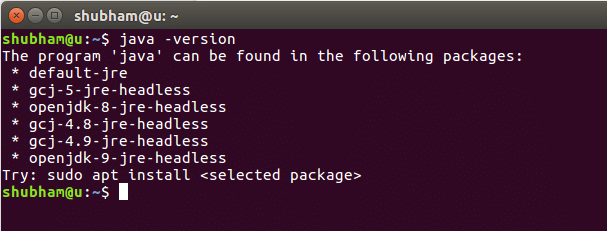


The process to create a virtual machine on Azure is quite straight forward. Create a virtual machine on which you can host a Neo4j community version server Let us get started with Neo4j on an Microsoft Azure virtual machine. Also, there have been some changes to the way you connect to the database in 4.0, with the new connection schema of neo4j://. The Neo4j 3.5.x series requires Java 8, whereas Neo4j 4.0 uses Java 11.

Neo4j 4.0 was recently released, so do bear in mind which version you are installing. You can read more about advantages of using Graph databases. Not only do graph databases effectively store data relationships they’re also flexible when expanding a data model or conforming to changing business needs. Also, their rigid schemas make it difficult to add different connections or adapt to new business requirements. Unfortunately, legacy RDBMS are poor at handling data relationships. In order to leverage these data connections, organizations need a database technology that stores relationship information as a first-class entity. Modern data has, implicitly, lots of relationships. Since graph databases employ object oriented thinking at their core, the data model you draw on your whiteboard is the model of data you can store in your database. We join entities as soon as we know they’re connected, so these mapping methods are unnecessary. It is not required to use approaches such as complex join queries or accessing foreign keys to get data related to each other.

Why would you ever require a graph database anyway?Ī graph database, unlike a relational database management system (RDBMS), treats relationships as first class citizens. This general-purpose structure allows you to model all kinds of scenarios - from a system of roads, to a network of devices, to a population’s medical history or anything else defined by relationships. Each node represents an entity (a person, place, thing, category or other piece of data), and each relationship represents how two nodes are associated. A graph database is essentially a collection of nodes and edges.Ī graph is composed of two elements: a node (or vertex) and a relationship (or edge). What is a graph database?Ī graph database, also called a graph-oriented database, is a type of NoSQL database that uses graph theory to store, map and query relationships. “The world’s most flexible, reliable and developer friendly graph database as a service.” It is an online database management system with Create, Read, Update and Delete ( CRUD) operations that stores data as a graph.


 0 kommentar(er)
0 kommentar(er)
